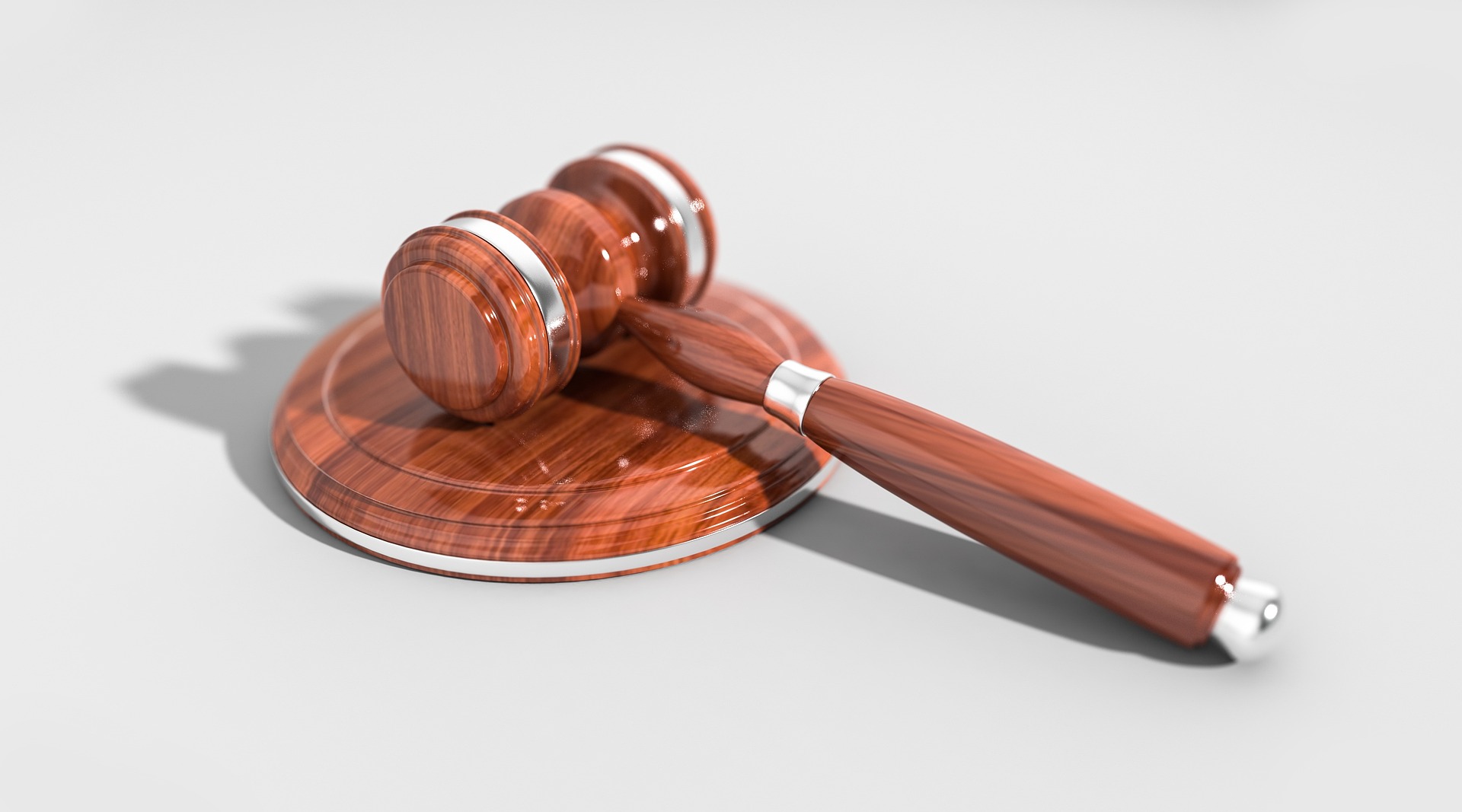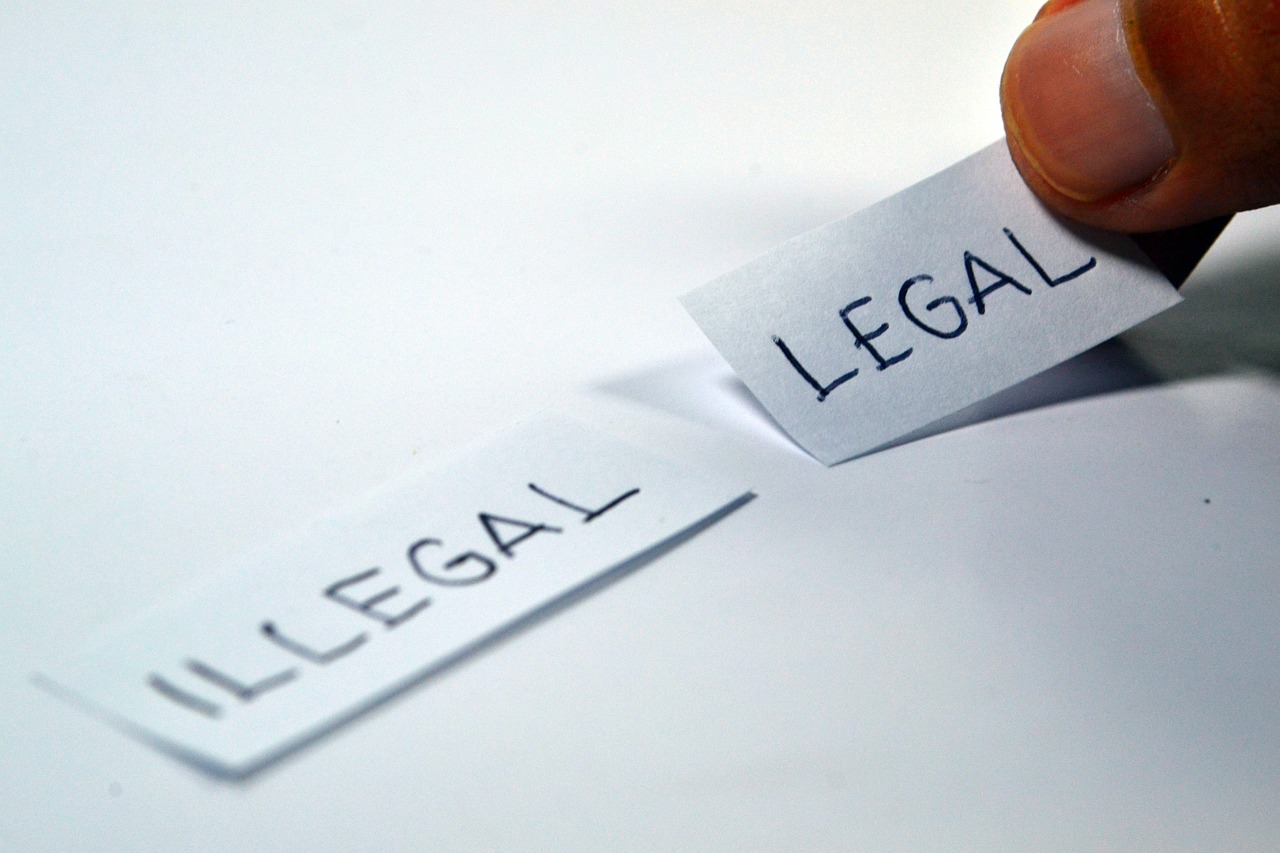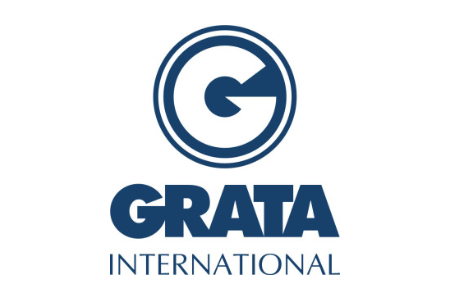
In the intricate tapestry of the legal system, the doctrine of judicial notice stands as a beacon of efficiency and practicality. Rule 201 of the Federal Rules of Evidence (FRE) offers a unique avenue through which courts can streamline proceedings by recognizing certain facts without requiring formal proof. Join us on a voyage of discovery as we delve into the depths of TRE 201, exploring its rationale, applications, and the delicate balance it strikes between judicial efficiency and fairness.
Foundations of Judicial Notice
Before we embark on our exploration of Rule 201, let’s lay the groundwork by understanding the doctrine of judicial notice itself. Delve into the origins, historical evolution, and core principles that underpin the court’s ability to take notice of facts without the need for traditional evidence. Rule 201 serves as a compass, guiding courts toward recognizing adjudicative facts without formal evidence. Dive into the intricacies of this rule, from its definitions to the criteria that determine when judicial notice is appropriate, highlighting the emphasis on facts that are not subject to reasonable dispute.
Adjudicative vs. Legislative Facts
A critical distinction lies between adjudicative and legislative facts, each dictating different applications of Rule 201. Embark on a journey to comprehend this dichotomy, showcasing how judicial notice operates within these two distinct categories. Legislative facts are those that require a court to look beyond the case at hand, such as legal authority or past decisions from other courts. Adjudicative facts, by contrast, focus on evidence within the confines of the particular case. A thorough understanding of this delineation is essential for the successful navigation of Rule 201.
The Practical Impact of Judicial Notice
The implementation of Rule 201 has far-reaching implications for legal proceedings. Explore how judicial notice expedites trials, reduces the burden of proof, and enhances the efficiency of courts by eliminating the need for evidentiary hearings on certain well-established facts. Under the rule, courts are also able to better ensure fairness by relying on facts that are broadly accepted and not subject to reasonable dispute.

Rule 201’s Role in Shaping Legal Strategies
In the realm of legal battles, the allocation of the burden of persuasion is a strategic chess game. Discover how Rule 201 influences the dynamics of persuasion, affecting the strategies employed by parties to navigate the intricate dance of proof and counterproof. While judicial notice enhances efficiency, it must coexist harmoniously with the parties’ right to present evidence. Unravel the delicate balancing act courts undertake when deciding which facts to judicially notice and which to subject to traditional evidentiary scrutiny.
Ethical Considerations and Rule 201
While Rule 201 enhances efficiency, it must not undermine the core principles of fairness and integrity. Explore the ethical considerations that guide the use of judicial notice, ensuring that the doctrine aligns with the ethical obligations of parties and attorneys. Dive into the ethical implications of Rule 201, highlighting the tension between efficiency and fairness that must be carefully managed to ensure justice in legal proceedings.
In Conclusion
As we conclude our exploration of Rule 201, we stand at the crossroads of efficiency and fairness. This doctrine, rooted in centuries of legal evolution, serves as a beacon guiding courts through the labyrinth of evidence. Rule 201 enables the legal system to maintain its integrity while embracing the efficiencies of the digital age. It exemplifies how the legal landscape evolves to balance tradition and innovation, ultimately strengthening the quest for justice.


